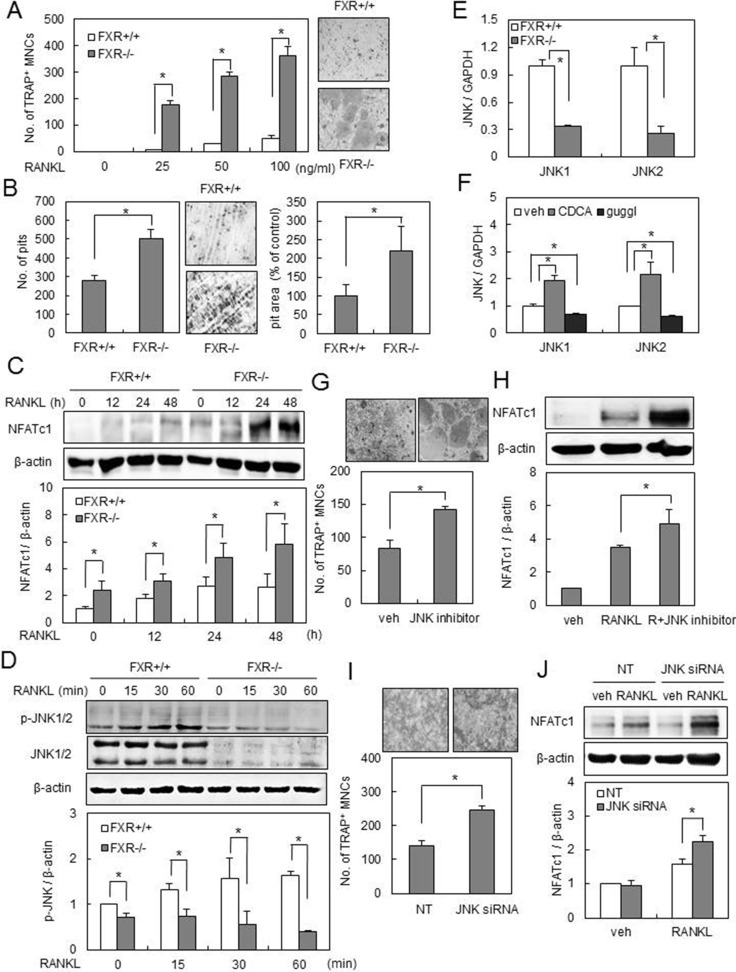Figure 2. FXR deficiency increases osteoclast differentiation via downregulation of JNK1/2 expression.
(A) BMMs from FXR+/+ and FXR−/− mice were cultured with M-CSF and the indicated concentration of RANKL for 4 days, and TRAP+ osteoclasts were counted. (B) BMMs from FXR+/+ and FXR−/− mice were placed on dentine slices and cultured in the presence of RANKL (100 ng/ml) for 6 days. The remaining cells were removed and stained with toluidine blue. The images were observed under the microscope. The number of resorbed pits was counted and pit area in each dentine was quantified using ImageJ. (C) BMMs from FXR+/+ and FXR−/−mice were cultured with RANKL (200 ng/ml) for the indicated time. (D) BMMs from FXR+/+ and FXR−/− mice were serum-starved for 16 h and stimulated with RANKL (200 ng/ml) for the indicated time. Cell lysates were then subjected to western blot analysis with anti-NFATc1, anti-p-JNK, or anti-JNK antibody. (E) The mRNA expression of JNK1 and JNK2 in FXR+/+ and FXR−/− BMMs was analyzed by real-time PCR. (F) FXR+/+ BMMs were cultured in the presence of 75 μM CDCA or 0.3 μM guggulsterone for 48 h. The mRNA expression of JNK1 and JNK2 was analyzed by real-time PCR. (G) FXR+/+ BMMs were cultured with RANKL (100 ng/ml) in the presence or absence of SP600125 (0.3 μM), a JNK inhibitor, for 4 days. (H) FXR+/+ BMMs were cultured with RANKL (200 ng/ml) in the presence or absence of SP600125 (0.3 μM) for 48 h. Cell lysates were then subjected to western blot analysis with anti-NFATc1 antibody. (I) FXR+/+ BMMs were transfected with 40 nM siRNA. The siRNA-transfected FXR+/+ BMMs were cultured with RANKL (200 ng/ml) for 3 days, and then TRAP+ osteoclasts were counted. (J) The siRNA-transfected FXR+/+ BMMs were cultured with RANKL (200 ng/ml) for 48 h. Cell lysates were then subjected to western blot analysis with anti-NFATc1 antibody. Data are expressed as means ± SD from at least three independent experiments. Scale bar, 200 μm. *p < 0.05.

